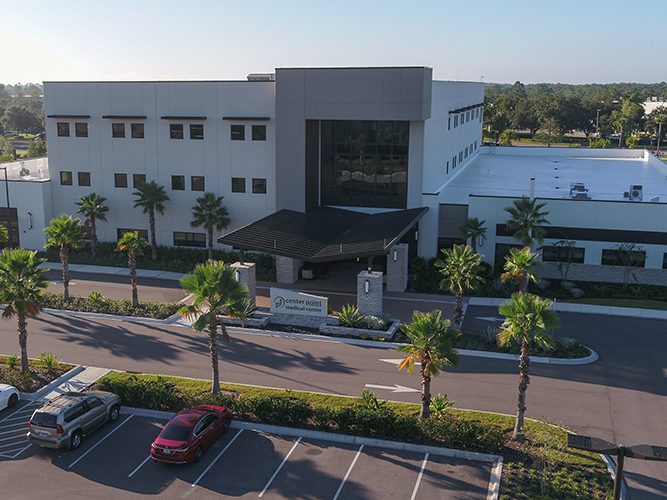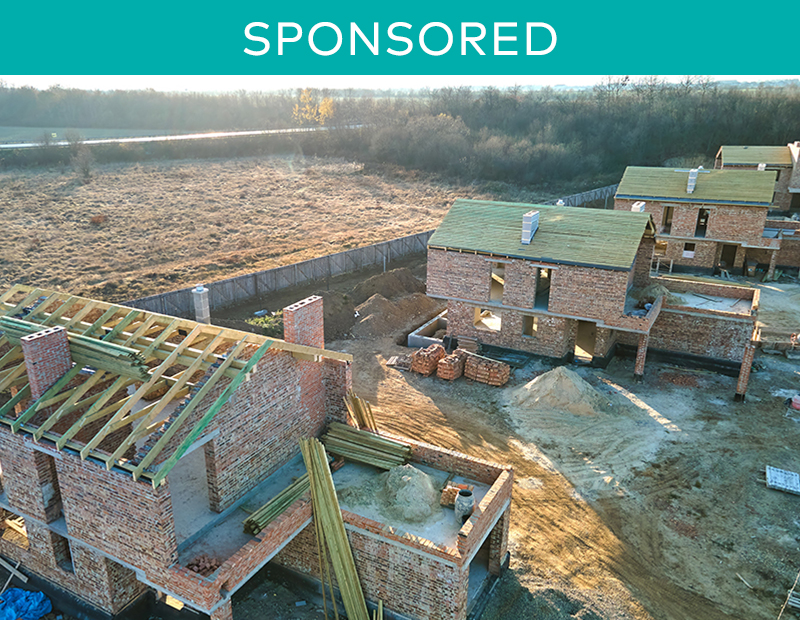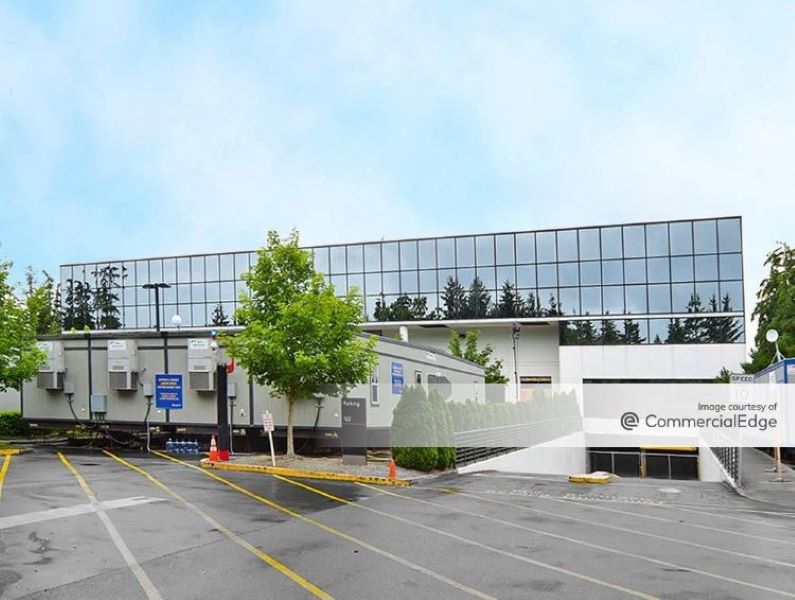Investment Predictions for 2018: TH Report
As the economy is expecting growth in 2018, investors are faced with a mature U.S. real estate cycle characterized by a rent slowdown, a balance between supply and demand and appreciation growth.
By Roxana Baiceanu
The recent economic expansion is about to set a record as the third longest period of growth in U.S. history, provided that the upward trend continues during the first quarter of 2018, according to TH Real Estate’s most recent national real estate report. Moreover, Melissa Reagen, the company’s head of research, believes there are strong signs that the current expansion period will surpass 120 months—the all-time record—in June 2019.
The real estate cycle seems to have reached its mature phase, being characterized by a rent slowdown, appreciation growth and a balance between supply and demand. The fundamentals are expected to remain solid lest the geopolitical landscape become turbulent.
Given the positive market outlook, TH’s team of researchers identified eight possible real estate trends which may guide investors into 2018:
1. Cap rates likely to remain low
As real estate market fundamentals are kept in balance, investors should expect returns of investment to remain low to moderate. The good news, however, is that cap rates are unlikely to decrease further. Among the factors that are responsible for this trend are:
- an equilibrium between demand and new supply
- steady vacancy rates
- rent growth at or below historical levels
2. A good time to add commercial mortgage to a real estate equity
The report highlights that adding commercial mortgages to a real estate equity or portfolio during the later stages of a real estate cycle can increase risk-adjusted returns 20 to 50 basis points. Originations are likely to remain strong during the next years, with the Mortgage Bankers Association expecting an average of $480 billion per year.
“Commercial real estate debt enhances portfolio performance due to its modest correlation and higher risk-adjusted returns, relative to most other asset classes. We believe it is the superfood every portfolio should consider adding,” said Reagen in the report.
3. Industrial sector: Red hot
Distribution facilities have been among the most transacted properties in 2017, a significant impact on demand having been caused by the growth in e-commerce activity. E-commerce sales alone have pushed warehouse demand up by 30 to 40 percent, according to Green Street Advisors. The logistics sector boasts above average rent growth and near historical low vacancy rates.
4. Not all is doomed in the retail sector
Although the decline of average and low-performing retail centers is expected to deepen, lifestyle centers, malls and local, grocery-anchored retail centers will continue to be the silver lining of this sector.
“Changes in retailing are in their early stages, yet doomsday scenarios splashed across news headlines are being extrapolated to the entire industry rather than to its most vulnerable segments,” Reagen pointed out in the report.
If investors want to minimize the impact of e-commerce on brick-and-mortar stores, the researchers at TH Real Estate believe that they should follow the three Rs of retail transformation:
- Reduce: cut down on excess square footage and focus instead on location
- Reuse: repurpose and re-tenant retail centers in order to include as much variety as possible in the retail experience. Adding grocery stores, gyms and medical offices, are one way in which the tenant roster can be diversified
- Recycle: give low-performing stores and land an alternative use
5. Need-based properties may offer portfolio stability
During a mature real estate cycle, need-based properties tend to perform better than business-oriented ones. Thus, the demand for self-storage, student and senior housing as well as medical offices, which has been on the rise during the past several years, is expected to continue to increase long-term, not only in 2018. The need for new supply is the most acute in the health care sector, due to a growing number of aging adults.
6. Multifamily opportunities: Class B communities
The economic growth is also likely to boost demand for Class B apartment buildings in suburban and urban locations. At the same time, large metropolises such as New York and San Francisco may be confronted with falling rents in the high-end apartment market segment, due to oversupply, the same report highlights.
7. Technology infrastructure in the limelight
Data centers, cell towers, research centers, labs and other types of technology-related real estate are also expected to see an increase in demand in the months ahead.
8. Suburban office properties not to be neglected
The previous years have brought several corporations back to downtown areas in order to have access to a larger pool of young employees. However, not all businesses are following this trend. Several companies, especially those in the tech sector, preferred the densely populated suburban locations and live-play-work communities instead of central business areas and the trend is expected to continue in 2018.
Image courtesy of TH Real Estate









You must be logged in to post a comment.